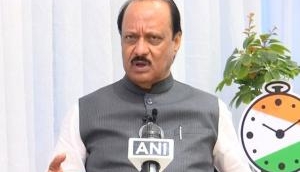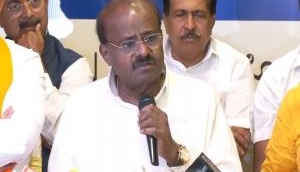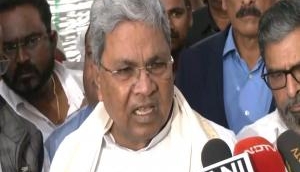
The Jat reservation stir continues to simmer though the violence peaked on Saturday, 20 February. The agitation has disrupted normal life in the national capital and Haryana, apart from claiming over 16 lives.
Here's what you need to know about Jats and their demand for reservation:
Q. Who are the Jats?
A. The Jats belong to an agricultural community. Wikipedia describes their community as an ethnic group rather than a caste of people. They are found predominantly in Haryana and also in Uttar Pradesh, Rajasthan, Punjab and Delhi. They are traditionally known to have disregard for the Varna system.
Q. What are they demanding?
A. The Haryana Jat community is demanding a 27 per cent reservation for government jobs and educational institutions under the Other Backward Caste category in the state.
Q. Is this their first protest?
A. No. Their first protest was in 1991 after which the Gurman Singh Commission included Jats in the Backward Castes category. However, their inclusion was soon withdrawn. The caste commissions in 1995 and 2011 also failed to include the community in the BC category. The 2011-setup KC Gupta Commission recommended that Jats be included in the Special Castes Category along with four other castes in 2012. The Chief Minister, Bhupinder Singh Hooda, granted the community a 10 per cent reservation based on this report. But it was overturned by the Supreme Court.
Q. What is the percentage of Jat population in Haryana?
A. The Jat community forms 27 per cent of the electorate in Haryana. Around 30 seats of the 90-member Assembly are held by Jat members. Rohtak, Jhajjar, Bhiwani (the epicentre of the Jat agitation), Panipat, Sonipat and Hisar are the districts with the highest Jat population. Broken up into 18 constituencies, the BJP holds 10 seats, Congress six and the Indian National Lok Dal (INLD) two in this 'Jat belt'.
The two main Opposition parties in Haryana - Congress and INLD - are headed by Jats.
Q. What is the Jat representation in government jobs and educational institutions?
A. According to the KC Gupta Commission, Jats had a 17.82 per cent representation in Class 1 and 2 government jobs while it is almost 50 per cent in lower grade government jobs. In educational institutions, their representation is 10.35 per cent.
Q. What are the issues they face?
The average size of a landholding in the Jat community is around 2-3 acres. However, with time, income from farming has decreased, and as the family size increased, land continues to get fragmented. Their complaint is that the Jat youth are missing out on educational opportunities due to the existing reservations for other castes.
Q. What is the position of Jats in neighbouring states?
A. In Rajasthan, Jats are classified under the OBC category while Muslim Jats in Gujarat and Mirdha Jats in Madhya Pradesh too have been granted OBC status.
Q. How is the state government reacting to the Jats' demands?
A. Jat leaders had been vocal about their plans to hold an agitation months earlier, but the Manohar Lal Khattar-led government in the state did not pay heed. On Saturday, after the protests turned violent, Khattar ordered a four-member committee to be setup under the state Chief Secretary to prepare an outline for future action on the reservation policy.
Passing a bill granting OBC status to Jats in the next Assembly session was decided by the state government after a high-level meeting between state leaders, community leaders and Union ministers.
Q. How much damage has the ongoing protest cause till date?
A. "The ongoing violent agitation in Haryana has already dealt an estimated blow of Rs 18,000-Rs 20,000 crore by way of loss to public and private property and halting trade, industry, small business and transport," said industry body Assocham. "The collateral damage to the economic activities of other states in terms of loss to production, transport and movement of people will add a few thousands crore more to the overall loss to the national economy," it added.
Looking at it from the view of a foreign investor, would you blame them if they lost confidence after taking stock of the present situation in one of India's biggest manufacturing hubs?
(Compiled by Aishwarya Yerra and edited by Abha Srivastava)







![BJP's Kapil Mishra recreates Shankar Mahadevan’s ‘Breathless’ song to highlight Delhi pollution [WATCH] BJP's Kapil Mishra recreates Shankar Mahadevan’s ‘Breathless’ song to highlight Delhi pollution [WATCH]](https://images.catchnews.com/upload/2022/11/03/kapil-mishra_240884_300x172.png)

![Anupam Kher shares pictures of his toned body on 67th birthday [MUST SEE] Anupam Kher shares pictures of his toned body on 67th birthday [MUST SEE]](https://images.catchnews.com/upload/2022/03/07/Anupam_kher_231145_300x172.jpg)






